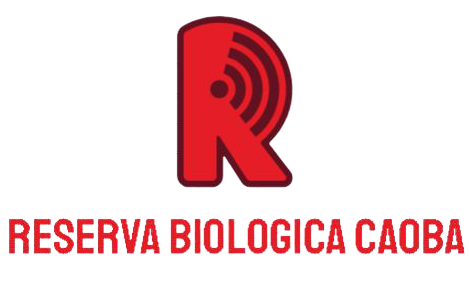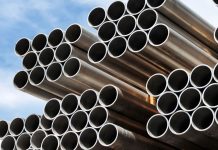Efficient network infrastructure is crucial for the modern digital economy, and duct transmission plays a significant role in achieving this efficiency. Bonelinks offers state-of-the-art fiber optic solutions for duct transmission, ensuring streamlined and robust network infrastructure.
This article explores the concept of duct transmission, highlighting its purpose and benefits, its industry applications, and showcasing Bonelinks’ expertise in delivering superior duct transmission solutions.
Overview of Duct Transmission
Purpose and Benefits
In duct transmission, fiber optic cables are run underground or on some other path within enclosed protective ducts. This approach offers many advantages, such as better protection of fiber optic cables against environmental hazards and mechanical strain. Ducts are designed to protect fiber optic cables from any type of physical damage that might be caused due to external elements, including digging and harsh weather conditions.
Duct transmission makes maintenance and updating cables easier because you can renovate equipment without a massive excavation. It also has the capacity for more fiber optic cables in the future, allowing network upgrades without having to dig up streets or string overhead cables.
Industry Applications
Duct transmission is widely used across various industries, including telecommunications, data centers and utility networks. It provides a secure and scalable fiber optic cable infrastructure that is used to deploy high-speed internet services in telecommunications.
Duct transmission is a primary way that data centers secure high-speed fiber optic connections between servers and storage facilities in the same facility. Smart city initiatives rely on underground duct systems to lay fiber optic cables for traffic management, public safety systems and sensor networks.
Bonelinks’ Duct Transmission Products
Design and Durability
Bonelinks excels in designing duct transmission products that combine durability with high performance. Their duct pipe transmission solutions leverage materials and engineering capabilities to provide reliable, long-term protection for fiber optic cables.
The ducts of Bonelinks are immune to all environmental conditions that could harm them; moisture, temperature shock and external forces entails suitability in applications either underground or overhead.
These ducts are also designed for simple installation and upkeep, which helps increase a network provider’s uptime and associated costs. Bonelinks’ duct transmission products support a variety of application and deployment needs.
Deployment Success Stories
Bonelinks has a proven track record of successful duct transmission deployments, highlighting the effectiveness and reliability of its solutions. Bonelinks’ ducts facilitated the expansion of a telecom network in a densely populated urban area, enabling them to deploy another set of fiber optic cables without digging everything back up to the surface.
In addition, their solutions ensured secure and reliable fiber optic connections within a large data center, optimizing data transmission speeds and supporting critical data center operations. Bonelinks’ duct transmission solutions provided the necessary infrastructure, ensuring reliable and scalable connectivity for residents and businesses.
Lastly, Bonelinks’ duct systems played a vital role in establishing a smart city network, enabling the deployment of fiber optic cables for traffic monitoring systems, video surveillance, and connected streetlight infrastructures.
Key Takeaways
Bonelinks’ duct transmission solutions are essential for streamlining network infrastructure and ensuring the reliable performance of fiber optic networks. By providing durable and high-performance products, Bonelinks supports various industry applications, from telecommunications to utility networks.
Many projects have seen the company demonstrate a level of capability and knowledge that is unrivaled in duct transmission solutions. In a world where the need for high-speed connectivity continues to increase, Bonelinks keeps all the endpoints up-to-date and provides infrastructure that supports it.










